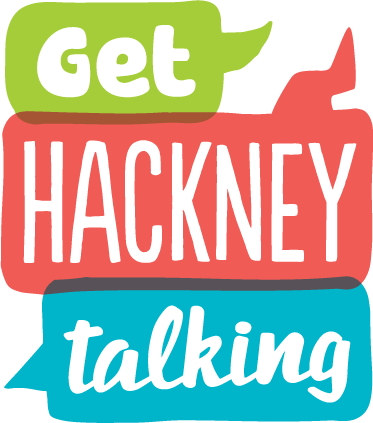Speaking and listening continue to be important for secondary aged pupils. Spoken language is important in the classroom, but also for friendships and future education and employment opportunities.
These activities are not in any particular order it is just a matter of finding ones that your pupils like and are happy to do. As well as these activities there are more in the primary section that can be adapted and in the parent section.
1. Reverse taboo.
Prepare cards with a curriculum words at the top with 2-4 other words listed underneath that can be used to help explain the word. Students take it in turns to take a card, the student has to describe the word at the top for the class to guess. The student cannot say the word but should try to include the words listed below in their description.
2. Taboo.
As above but this time the student cannot use the words listed below in their description. The student should be encouraged to use other words that could mean the same or similar.
3. Word Sort.
Each small group are given individual curriculum words on card, they must sort the words into groups (categorising the words that go together) – avoid giving the title of the categories/groups, to allow greater reasoning opportunities. Students need to explain why they have grouped the words as they have.
4. Word to definition match.
Give groups a set of mixed up curriculum words and meanings, the group have to match each word to the correct meaning.
5. Guess my word.
In pairs students take it in turns to describe the meaning of a curriculum word (without saying the word itself) so their partner can guess what the word is. The partner can ask questions if they cannot easily guess the answer.
6. Word Connections.
A topic/theme is written in centre of the board with other words around the outside, some of the words are associated with the topic/theme and some are not. The class have to decide which words link to the topic/theme in the middle and explain why.
7. Think – a Link.
Each student is given a word in large print and preferably with a picture to support. The class walk around the room and each student has to find another student who has word that links with theirs. Students sit down together when they have found their partner. Each pair explains how their two words link together.
This can be done with groups of words also where students have to find their group, rather than just a partner.
8. Guess the question.
Small groups are given an envelope of curriculum words. The group pick one word at a time and must generate as many questions as possible that would have that word as the answer. Continue with the other words in the envelope. At the end the group must state what links all the words together for example they might all be words to do with ‘experiments’.
Team points can be given for group that come up with the most questions for each word.
9. True or False.
The class are given a word and three definitions (two definitions are false, one is true). The class or group have to select the correct meaning. After an example, the class can create true or false definitions for each other for a given word.
10. Pictionary.
Students are given a curriculum word each. Students take it in turns to draw an image on a mini-whiteboard to convey this word to the rest of the group.
11. Headbanz.
In small groups one student has a word on their forehead using post it/address label. The group take it in turns to go round and give this student one clue each so that they can guess what the word is.
12. Articulate.
Give groups of students an envelope with a set of curriculum words inside. Students take it in turns to pick word from the envelope, they have to give as much information as they can about the word (without saying it) so that the group can guess what the word is. A point is given to the person who guesses the word correctly and the person who describes the word. The winner is the person with the most points at the end of the task. A time limit can be added where each person in the group is given one minute to describe as many words as they can.


